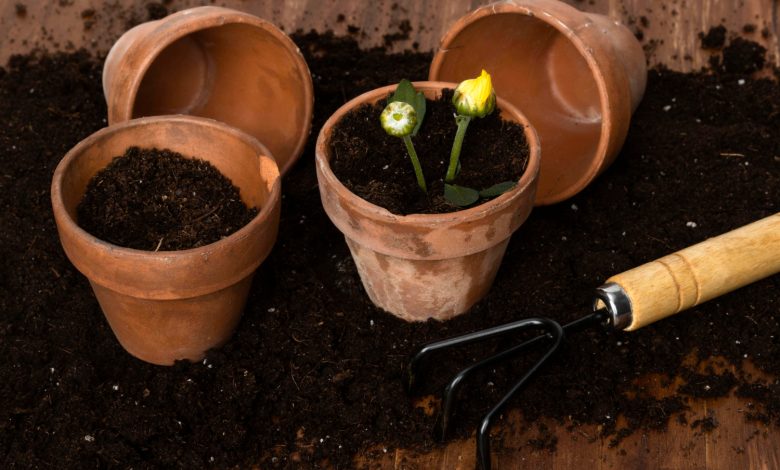Guide to Winter Plant Care

Winter can be hard on plants if you live in colder climates. Our guide to winter plant maintenance will help you and your plants. In addition, our advice from Mashpee Landscaping will ensure that your plants live long enough to enjoy the spring.
Indoor, Winter Plant Care
Potted outdoor perennials should be brought inside during winter, especially if they aren’t hardy enough for winter conditions. You should not bring in a diseased or infested indoor plant. These are the best houseplants to grow if you have sufficient natural light.
- Geraniums
- Fuchsia
- Begonias
- Passionflower
- Bay trees
- Sentimental and expensive plants
- Small tomato and pepper plants that will continue to produce fruits all winter
Many perennials can survive winter dormancy if they don’t get enough sunlight. You can keep the plants in a cool cellar or garage with temperatures between 20-40 degrees. This action will keep them from getting damaged. You can keep your houseplants in full bloom or allow them to go dormant. However, it would be best if you water them throughout the winter.
Outdoor, Winter Plant Care
The majority of perennials in your garden should be left outside throughout winter. However, you can ensure that your plants live until spring by giving them the proper care.
Container plants can usually survive outside if the hardiness rating of their container plants is at least two zones below that of your local zone. These tips will help you ensure your container garden survives if you don’t have enough space or natural light.
Temporarily plant potted perennials in the ground, or bury them, pot included, to better protect the roots. To prevent freezing or rot, tip potted plants that you bury to encourage drainage.
If you don’t have the option of transplanting, place all potted plants along one side of your home to protect them from wind and snow.
Untreated Terracotta and porous containers can absorb water and crack when temperatures drop below freezing.
Prune your Plants
Winter is the best time to prune. These are the basics:
- First, remove diseased or dead branches.
- Next, remove branches that are rubbing or crossing.
- To increase air circulation, start at the center and work your way outward.
- Pruning should be done in a balanced and symmetrical manner.
- Reduce dense horizontal growth by cutting back a branch or bud.
- Never trim flush to the trunk. To allow the wood to heal appropriately, leave a natural collar.
Mulch the Garden
Mulching in winter serves a unique purpose. It does not provide warmth, but it keeps the ground frozen. Frost can kill hardy plants, but maintaining soil from freezing is impossible. To reduce damage caused by the freeze-thaw cycle, cover your garden with mulch, bark, leaves, and potted plants.
Cover Your Plants
Plant covers are designed to protect plants against frost. If the forecast calls for below-freezing temperatures, cover your garden at night. These are the best winter plant covers techniques:
- Use a blanket, frost-barrier material, or burlap, not a plastic bag.
- To protect your plants from freezing, tie or stake winter shrub covers on the root zone.
- To avoid causing damage to the plant, don’t tie winter plant covers around trunks or stems.


